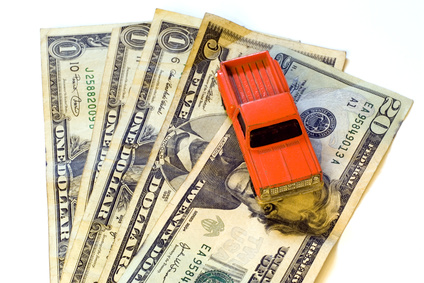
Car dealers have found on-time payment protection systems to be a good way to ensure that their customers make payments on time. Those dealers who use these gadgets have found that they usually don't have to go through the trouble of repossessing an automobile. The device has also helped them expand their market to include those with whom they would not otherwise do business.
Typically, an on-time payment protection system is a little black box with a keypad to punch in the code. It is connected to the car's electrical harness. The devices provide a warning signal to the customer after the due date of the car payment, by flashing a red light, for instance, or by chirping. Beyond a grace period of a few days after the payment is due, the car does not work. Once the customer makes the payment, the dealer gives her a code to punch in that stops the warning signal or starts the car.
With the use of these devices, car dealers have been able to do business with more credit-challenged customers whom they would not have sold to previously. With the use of on-time payment protection systems, they are more assured that the customer will make his payments on time, or at least make the payments. Customers are going to come up with the money when they realize that they can't use their cars otherwise. This makes dealers more confident about extending the credit to these customers.
In order for the dealers to be assured that the customer will not miss his payment, these on-time payment protection systems need to be tamper-proof. At the time they enter into the deal, buyers typically sign an agreement with the dealer acknowledging the presence of the on-time payment protection device. They also agree not to tamper with the device and to return it to the dealer after they are done making their payments on the vehicle.
The devices have some safeguards to ensure the safety of the customer. It would be dangerous if the device were to be activated while the driver was out late at night in some desolate area, for instance. The device will not cut off a running motor. And some dealers have set up their systems to be activated at 4 a.m,, a time when it is likely that the car will be in the customer's garage or driveway. In an emergency, a temporary code will allow the car to run for an additional day.